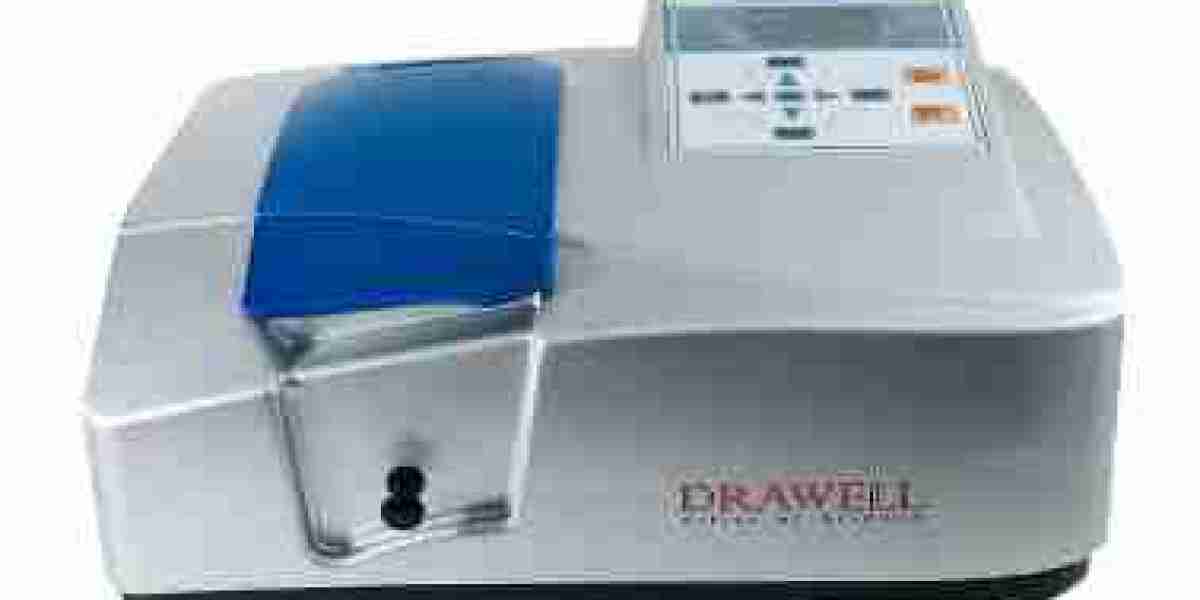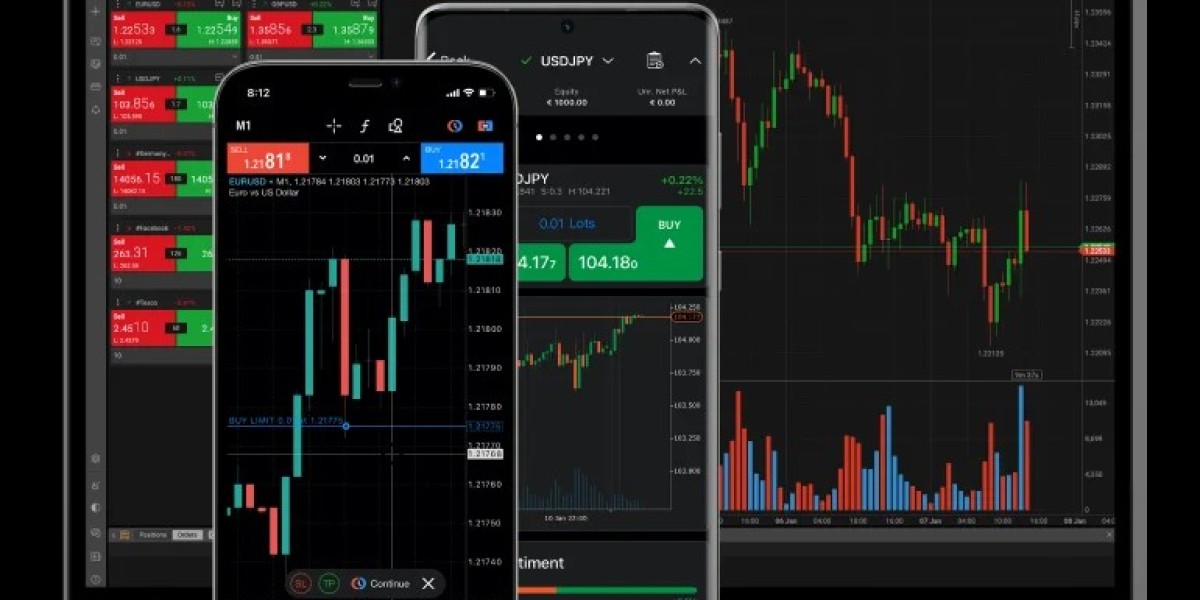UV-Vis spectrophotometry, a fundamental technique in various scientific disciplines, offers a powerful lens to analyze the interaction of light with matter. This technique provides valuable insights into the composition, concentration, and properties of substances, making it a cornerstone tool in fields ranging from chemistry and biology to materials science and pharmaceuticals.
At its core, UV-Vis spectroscopy leverages the principle that different substances absorb and transmit light at specific wavelengths. When a beam of UV or visible light passes through a sample, certain wavelengths are absorbed by the molecules within the sample, while others are transmitted. The pattern of absorption and transmission, known as the absorption spectrum, provides a unique fingerprint for each substance.
A modern UV-Vis spectrophotometer typically consists of several key components:
Light Source: A UV-Vis spectrophotometer utilizes a light source that emits a wide range of wavelengths, typically covering both the ultraviolet (UV) and visible regions of the electromagnetic spectrum. Common light sources include deuterium lamps for UV and tungsten or halogen lamps for visible light.
Wavelength Selection: To isolate specific wavelengths of light for analysis, a monochromator or a combination of filters is employed. Monochromators use diffraction gratings to separate the light into its component wavelengths, allowing the selection of a narrow band of wavelengths for the sample. Filters, such as absorption filters, interference filters, and cutoff filters, can be used to further refine the wavelength selection.
Sample Analysis: The selected beam of light passes through the sample, which can be in a liquid, solid, or gaseous state. The sample's interaction with the light is measured, providing information about the amount of light absorbed or transmitted.
Detection: A detector converts the light that passes through the sample into an electrical signal. This signal is then processed and displayed as an absorption spectrum, typically plotted as absorbance or transmittance versus wavelength.
The Beer-Lambert law provides the mathematical foundation for quantifying the relationship between the absorbance of a substance and its concentration. This law states that the absorbance of a solution is directly proportional to the concentration of the analyte and the path length of the light beam through the solution.
UV-Vis spectroscopy offers several advantages that make it a widely used analytical technique:
Non-Destructive: UV-Vis spectroscopy is a non-destructive technique, meaning that the sample remains intact after analysis. This allows for the reuse of the sample or further analysis using other techniques.
Fast and Efficient: UV-Vis measurements can be made quickly, making it suitable for high-throughput analysis and integration into various experimental protocols.
User-Friendly: UV-Vis spectrophotometers are generally user-friendly, requiring minimal training for operation. The data analysis is often straightforward, making it accessible to a wide range of users.
Cost-Effective: UV-Vis spectrophotometers are relatively inexpensive to purchase and operate, making them a cost-effective option for many laboratories.
However, UV-Vis spectroscopy also has some limitations:
Limited Specificity: UV-Vis spectroscopy can be less specific than other analytical techniques, such as mass spectrometry or nuclear magnetic resonance (NMR) spectroscopy. Multiple substances may exhibit similar absorption spectra, making it challenging to distinguish between them.
Interference from Multiple Absorbing Species: When multiple substances are present in a sample, their absorption spectra can overlap, making it difficult to isolate the absorbance of a specific component.
Sensitivity to Environmental Factors: UV-Vis measurements can be influenced by factors such as temperature, pH, and the presence of interfering substances. Careful control of these factors is essential for obtaining accurate and reliable results.
UV-Vis spectroscopy has a wide range of applications across various scientific fields, including:
Quantitative Analysis: UV-Vis spectroscopy is widely used for quantitative analysis, such as determining the concentration of a substance in a solution. This is particularly useful in fields like pharmaceuticals, environmental monitoring, and food chemistry.
Qualitative Analysis: UV-Vis spectroscopy can be used for qualitative analysis, such as identifying the presence of a specific substance in a sample. This is often used in fields like drug identification, food authenticity analysis, and material characterization.
Purity Assessment: UV-Vis spectroscopy is a valuable tool for assessing the purity of samples, especially in fields like biochemistry and pharmaceuticals. The absorption spectrum can reveal the presence of contaminants or impurities.
Kinetic Studies: UV-Vis spectroscopy can be used to monitor the rate of chemical reactions and study reaction kinetics. This is particularly useful in fields like chemical engineering and catalysis.
Biotechnology and Life Sciences: UV-Vis spectroscopy plays a crucial role in biotechnology and life sciences. It is used for DNA and RNA quantification, protein analysis, enzyme kinetics, and cell culture monitoring.
Environmental Monitoring: UV-Vis spectroscopy is employed in environmental monitoring to analyze water quality, air pollution, and soil contamination. It can be used to detect the presence of pollutants, such as heavy metals and organic compounds.
Food Chemistry: UV-Vis spectroscopy is used in food chemistry for quality control, authenticity testing, and the analysis of food components, such as pigments, vitamins, and preservatives.
Drawellanalytical is a trusted provider of high-performance UV-Vis spectrophotometers, dedicated to delivering cutting-edge technology and exceptional customer service. Our instruments are designed to meet the diverse needs of researchers, scientists, and professionals across various industries.



